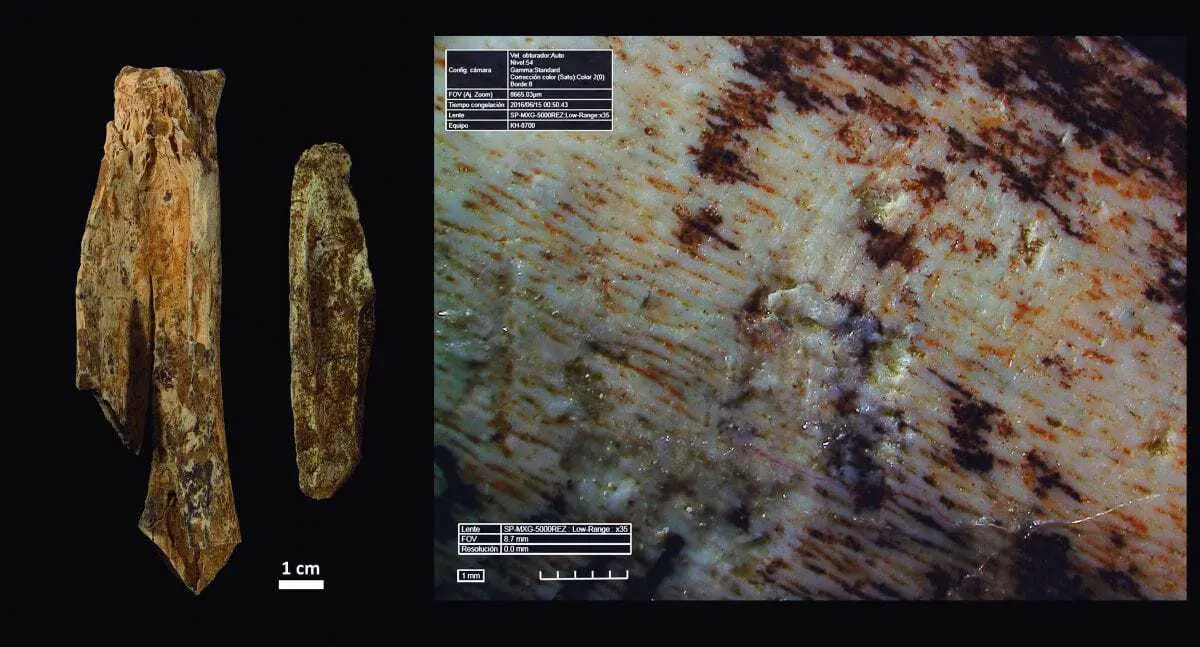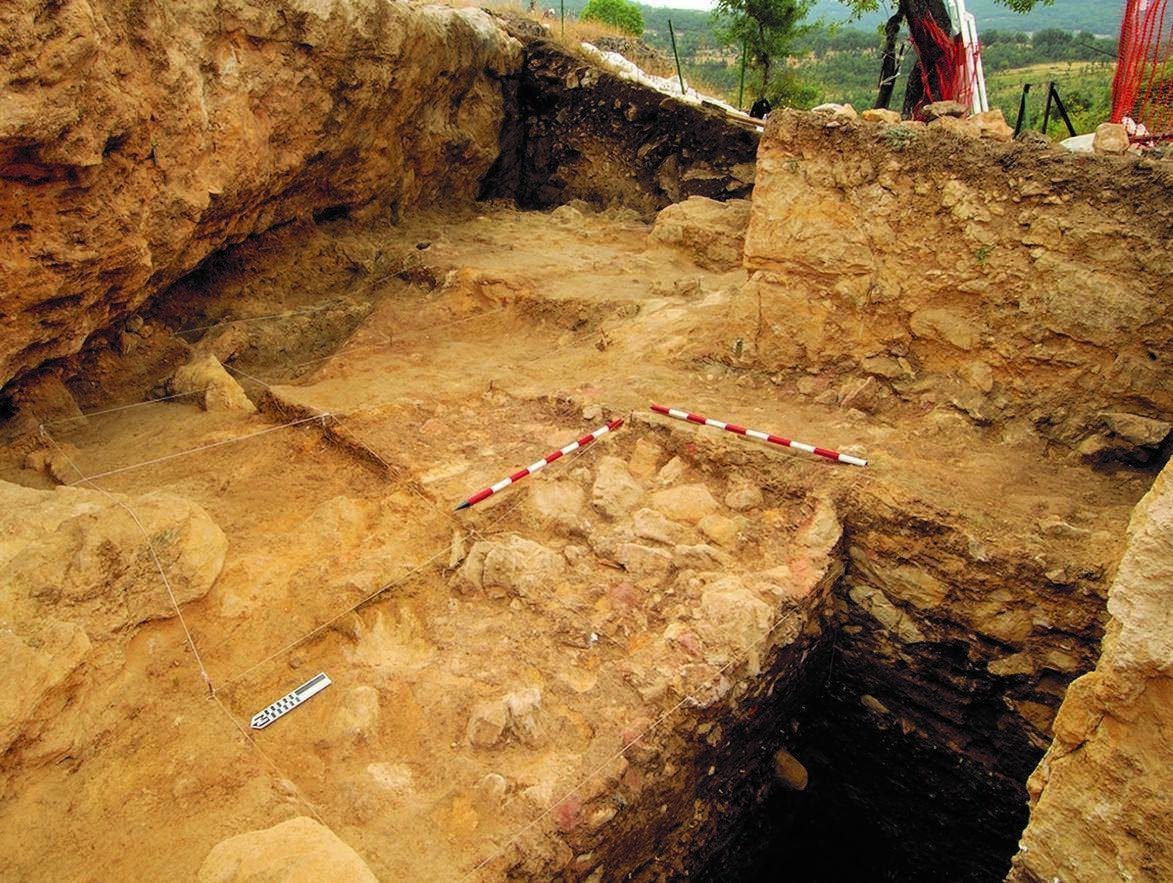The CENIEH has led some work combining Archaeology and Artificial Intelligence on the Navalmaíllo Rock Shelter site in Madrid, which shows the activity by Neanderthal groups of breaking the bones of medium-sized animals for subsequent consumption of the marrow.
Abel Moclán, an archaeologist at the Centro Nacional de Investigación sobre la Evolución Humana (CENIEH), has led a study which combines Archaeology and Artificial Intelligence, published in the journal Archaeological and Anthropological Sciences, about the Navalmaíllo Rock Shelter site, situated in the locality of Pinilla de Valle in Madrid, which shows the activity by Neanderthal groups of breaking the bones of medium-sized animals such as deer, for subsequent consumption of the marrow within.
The particular feature of the study lies in its tremendous statistical potential. For the first time, Artificial Intelligence has been used to determine the agent responsible for breaking the bones at an archaeological site, with highly reliable results, which it will be possible to compare with other sites and experiments in the future.

“We have managed to show that statistical tools based on Artificial Intelligence can be applied to studying the breaking of the fossil remains of animals which appear at sites”, states Moclán.
In the work, it is not just this activity carried out by the Neanderthals which is emphasized, but also aspects of the methodology developed by the authors of the study. On this point, Moclán insists on the importance of Artificial Intelligence as “this is undoubtedly the perfect line of work for the immediate future of Archaeology in general and Taphonomy in particular”.
The largest Neanderthal settlement
The Navalmaíllo Rock Shelter, about 76,000 years old, offers one of the few large windows into Neanderthal behavior within the Iberian Meseta. With its area of over 300 m2, it may well be the largest Neanderthal camp known in the center of the Iberian Peninsula, and it has been possible to reveal different activities conducted by these hominins here, such as hunting large animals, the manufacture of stone tools and the systematic use of fire.
In this study, part of the Valle de los Neandertales project, which includes other locations in the archaeological site complex of Calvero de la Higuera, the collaborating researchers were Rosa Huguet, of the IPHES in Tarragona, Belén Márquez and César Laplana, of the Museo Arqueológico Regional in Madrid, as well as the three codirectors of the Pinilla del Valle project: Juan Luis Arsuaga, Enrique Baquedano and Alfredo Pérez González.
Header Image – Abrigode Navalmallo – Credit: CENIEH





